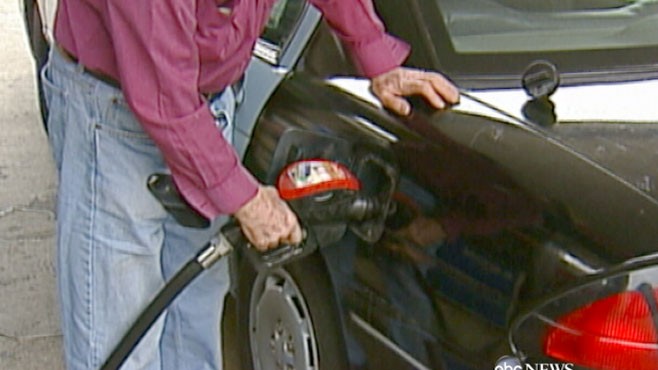The Price at the Pump will no longer be below 2.00 $ . In California 3.50 $ & up is here to stay , and here is the Answer why.
The Wall Street Journal had an interesting opinion piece about "who get's Rich off the Price of Gas" . I have noticed that Gas prices here in California have remained over the national average . Yes , it's all about taxes rather than supply and demand. Here is my low down on the profits. Last year, Exxon Mobil, one of the world’s most profitable companies, earned $1,300 in profits per second. As consumers paid record-high springtime gas prices, Exxon posted first quarter profits of $9.45 billion.This is down slightly from the first quarter of 2011, when Exxon posted $10.65 billion in profits. Exxon benefited from the high price of oil, but analysts expected slightly lower profits due in part to the cheap price of natural gas, which the company is heavily invested in.A by-the-numbers look shows how Exxon’s executives and Big Oil’s allies are rewarded generously for the company’s billions, while Americans are stuck with rising gas bills:$9.45 billion profits, or almost $104 million per day in the first three months of the year.13 percent: The tax rate Exxon paid last year, lower than the average American family.60 percent of its first quarter earnings, or $5.7 billion, on buying back stock. Became world’s largest dividend payer by increasing dividends 21 percent.$1,091,000: Political contributions sent to federal politicians for the 2012 election cycle, making it the largest oil and gas spender.91% of these contributions went to Republicans.More than $52,000,000: Lobbying for the first three years of the Obama presidency, 50 percent more than in the Bush Administration.$34.9 million: Exxon CEO Rex Tillerson’s salary for 2011, a 20 percent raise.$52,300: Political contributions from Exxon CEO Rex Tillerson in the 2012 cycle, alone.No. 2: Fortune 500 list of richest companies and for highest-paid CEO.Exxon not only used 60 percent of its Q1 profits to buy back its stocks, enriching executives and largest shareholders, but it funnels money through political groups like American Legislative Exchange Council (ALEC) and American Petroleum Institute, to influence legislation in its favor.The remaining 12%—or almost 50 cents per gallon today—goes directly to federal, state and local governments in an array of sales and excise taxes. The federal gas tax is 18.4 cents on every gallon of gasoline sold in America. ***State gas-tax rates vary from a low of eight cents per gallon in Alaska to a jarring 49 cents per gallon in New York. Other states where it's steep to fill up include California and Connecticut—each with 48.6-cent-per-gallon gas taxes—and Hawaii, at 47.1 cents per gallon.Some local governments have gotten in on the act, too. In California, local sales and excise taxes on gasoline average 3.1%, according to the Los Angeles Times. That works out to about 12 cents in local taxes for each gallon of gas, based on the state's current average of $3.80 per gallon. 2 years ago a A former Shell executive was predicting that gas prices could reach the $5 mark by the late 2012, just as Americans are seeing a preview of rising prices throughout the nation back then we were close to 4 dollars and over for a while . I am upset by the fact that no one seems to care... And the report at 6:00 pm only reported that it was predicted to go up... no reason as to why or what was being done about it. Are we just supposed to sit here like a bunch of lemmings while these Giant Oil Companies grow their wallets?
NOTES & COMMENTS:
*** Gas prices are unstable , any whim can case them to fluctuate .
High gas prices are usually caused by high prices for crude oil, which accounted for 72% of the price of gasoline as of February 2012. Distribution and taxes influence the remaining 28% of gas prices. Usually, distribution and taxes are stable, so that the daily change in the price of gasoline directly reflects oil price fluctuations.In February 2012, concerns about a potential military action, by either Israel or even the U.S., against Iran caused high oil prices. Second, some oil refineries in the U.S. were closing, according to an EIA report. Third, oil and gas prices tend to rise every spring, in anticipation of increased demand during the summer driving vacation season.
As a result, gas prices hit the benchmark $3.50 a gallon by February 15, two weeks earlier than in 2011. By mid-March, the national average had jumped to $3.87 a gallon. That's because the price of oil reached its benchmark of $100 a barrel two weeks earlier, as well. Oil went on to hit $109.77 by the end of February, before dropping slightly to $107.40 in mid-March. (Source: EIA)

No comments:
Post a Comment